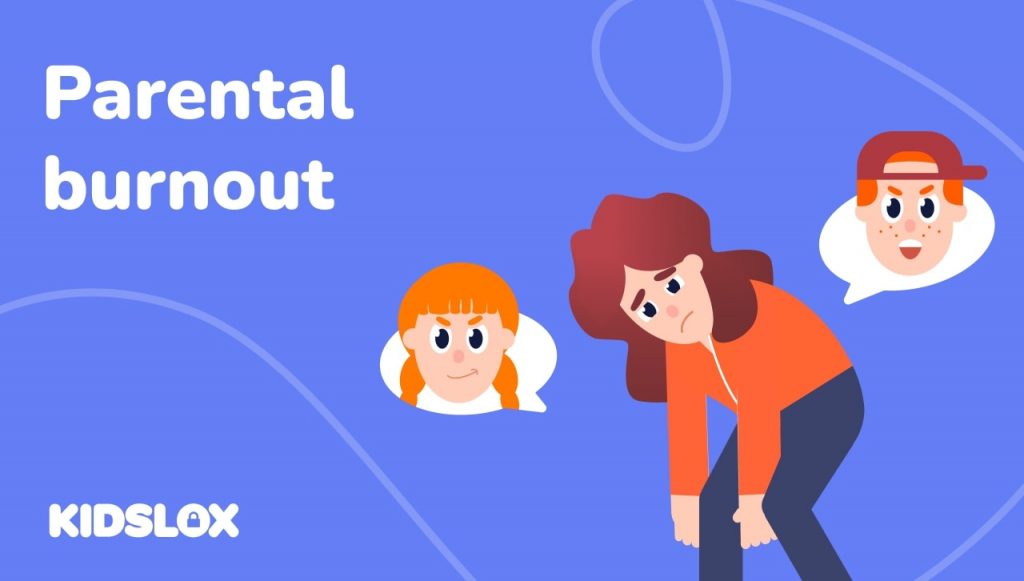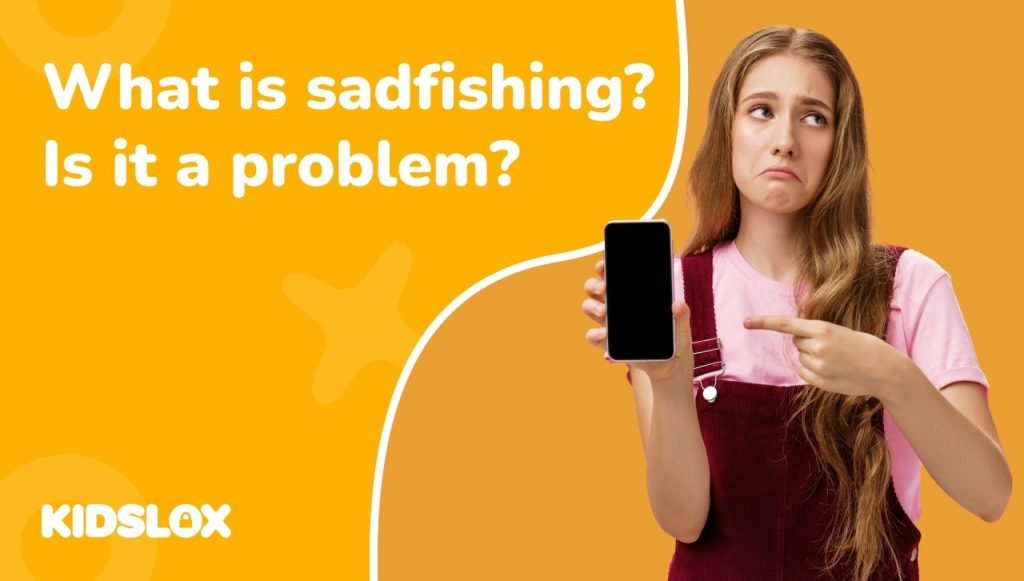How to help your family beat electronics addiction
The past two years have been difficult for many. Not to mention for those of us who have balanced working from home with childcare, schooling and looking after a family. In the midst of a pandemic, when nothing is what we’re used to, the options on how to keep the kids entertained without screens have been thin on the ground.
Just like thousands of other mums, when I just need to send an email, prepare a meal, or complete a household chore, putting my kids in front of a screen has been a quick-fix. For parents like me, who feel stretched in all directions, it can become easy to gain a dependency on the helping hand that offering up a device can deliver.
As the world unfurls from lockdowns, rules and restrictions, a lot of parents like me are seeking ideas and tactics to reset these unhealthy habits, and proactively implement strategies to make devices less of a feature in their parenting toolkit.
Does my family need a digital detox?
The word ‘detox’ is more commonly associated with new year health kicks, green juices and weight loss, but a new movement of digital detoxing is gaining momentum – not just for adults, but for kids too.
Imagine how much time you could get back if you added up all those minutes checking social feeds, scrolling through apps, playing games or texting. There are plenty of good reasons to take some time away from screens and get back to ‘reality’. Experts agree that taking a break can be extremely beneficial for everyone’s mental health, and productivity.
Here’s why a digital detox is a good thing:
No more fear of missing out – when you’re constantly watching other people’s lives through social media apps, it can be easy to feel like you’re missing out on something. This is especially true for children, who can feel isolated if peers are posting about activities online that they are not a part of. Having a break from this social voyeurism limits the opportunities for children to feel anxious and left out.
Stress reduction – the ‘always on’ culture of our phones means that we never truly have space and time alone. If you have notifications set across all your apps and you’re instantly available to everyone, at all times, it can cause unnecessary stress. Even setting your device to ‘do not disturb’ can give the mind some time to decompress.
Get focused – our scrolling and dual screening habits are really counterproductive when we need to put our full attention to a task. Children who are exposed to their screens while doing homework aren’t learning or absorbing the important material they need to develop to their full potential.
Connecting deeper – when we move ourselves away from the digital versions of ourselves, and meet up with people ‘IRL’, we experience life – and conversation in a way that can’t be replicated through a device. It’s so important that children spend time face-to-face with peers and other family members, so they learn vital social skills and cues.
Why would parents consider a digital detox for their children?
Research varies, but a report by Common Sense Media found that 50% of American teens admitted that they felt addicted to their electronic devices. The average eight-to-ten year old spends almost eight hours a day using their devices, and teenagers can spend up to 11 hours a day fixed on screens. That is a staggering amount of time, and it is clear that digital technology is taking up too much space in a lot of young peoples’ lives.
When spending so much time on one activity – the danger of addiction is real. In fact, Addiction Expert, Dr. Nicholas Kardaras, claims that ‘detoxing’ from screens can in a lot of cases, be even harder than breaking away from dangerous substances like alcohol and drugs.
According to Kardaras, excessive social media use is linked to poorer grades, more acting-out sexual behavior, and more behavioral problems.
There are hundreds of peer-reviewed studies that show the detrimental effects that screens can have on children’s developing minds, and their behaviour. There is no hard-and-fast rule for the amount of time children should spend with their devices, but until the age of 2, the World Health Organisation recommends absolutely no screen time and beyond that, only a couple of hours a day. That includes the use of screens to watch television, play games or social networking with friends.
On one end of the spectrum, the effects of too much screen time might manifest in distraction from schoolwork or less than ideal behaviour at home And, at the other end, there is teenage depression and frightening mental and psychological conditions like Game Transfer Phenomena and Video Game Psychosis. These relatively new conditions mean that game-related thoughts and behaviours intrude on a childs’ normal, everyday functioning and in some extreme cases, cause mental illnesses.
How do I know if my child has a screen addiction?
The signs of a digital addiction look very similar to any other addiction. You might notice that your child is withdrawn, and isn’t spending as much time doing things they used to love. They might be irritable, or cross if you take their devices away. Schoolwork suffering and a lack of interest in their friendships are also signs of concern. Here are some commonly accepted symptoms of screen addiction to be wary of with your children:
- Their screen becomes an emotional crutch
If you notice that your child is over-reliant on their device to keep their mood positive, it could signal an over-dependence on it.
- A lack of interest in hobbies they once loved.
If their tablet is the number one thing they ask to play with all the time, it could be time to take some time-out.
- Sneaky behaviour
Lying about the amount of time they’re spending on their device, or sneaking around to try and gain more access to it, is a tell-tale sign that things aren’t as balanced as they could be.
- Aggressive outbursts
When you take their tablet or device away and you feel their reaction isn’t justified – or they turn aggressive, rude or mad, this is another tell-tale sign.
- Increased tolerance
Did your child used to get bored after 30 minutes of YouTube, but now needs more and more time watching? An increase in tolerance and time spent engrossed in a device is another warning sign.
Should I start a screen detox with my children?
If you’ve noticed any of the signs above, or simply feel that it’s probably time to take a reset on the amount of time your family is spending in front of your screens, then a digital detox is a great way to encourage a healthier relationship with technology.
It can be hard to instigate a screen detox, given that devices are now so heavily entwined in modern childhood. Even in the classroom, devices are becoming more commonplace with many big tech companies investing a lot of money in screen-based educational tactics. And, although some studies do show that an integration of technology and learning can help improve test scores, recall and retention of facts, many experts feel the over reliance on them is concerning.
In fact, many Silicon Valley executives are noted for sending their children to tech-free schools, and Apple Founder, Steve Jobs famously did not let his own children have access to an iPad.
If you notice that your child is irritable away from their screens, or are showing negative behaviours associated with the device, it could be time to consider detoxing them from their device.
How long does it take kids to detox from screens?
Brace yourselves. To complete a full digital detox, Dr Kardaras recommends your child doesn’t use their screen for 4-6 weeks. For a lot of parents, this might seem an impossible task. How do you instigate a detox that goes from 100 to zero overnight?
The answer is, you don’t – going cold-turkey isn’t advised. To suddenly stop all screen access could result in withdrawal behaviours that are tough on your kids and can cause a lot of disruption to family life. Most experts recommend that you gradually decrease the amount of time your child is spending on their device by an hour a day and work up to a longer period of time without the screen.
Here’s a plan you can follow, if you are wondering how to give a digital detox a try in your home:
Turn off notifications. Do not underestimate the addictive draw that those pings and prompts have. If in doubt, turn it off. You’ll notice that without the constant call to it, you’ll use your phone less often.
Remove addictive apps. If TikTok is your child’s biggest social draw, or if gaming is what they prefer to spend their time doing, remove the apps from the devices to get rid of any unwanted temptation while you’re going through the reset. OR try only allowing access via the browser – making the experience less intuitive and not as easy.
Set a goal with your spare time. In the hours that a detox gives you, can you get your child to commit to learning a new skill or give them access to a hobby they’ve always wanted to try?
Ditch the device completely. Try days out in areas that you know there will be no WiFi or data access to make scrolling and surfing an impossibility.
Reward the kids. If they proactively contribute to the detox, sticker charts, collecting points and other incentives can be good tactics with younger children. If they put their phone or tablet in a locked place for the day, they get a treat or money towards something they’re saving for.
Other recommendations to help the process – and give everyone in the family a much-needed break from their screens include:
- Screen free dinner time
- No screens an hour before bed
- Dedicated device free days
- Getting outdoors and providing distractions in nature
- Not using your phones and devices around your child
- Allowing them to choose another activity that the whole family can do together without the screens
- Set limits with KidsLox to help with process and gradually add in more boundaries around their devices
As with all boundaries around reducing screen time and adding tighter restrictions around device usage, it isn’t recommended to do this without having a discussion with your child first. This is even more so the case if you have older children. Forcing rules without consultation rarely works, and can make teens act out in rebellion.
Instead, try having an open conversation about some of the things you’ve noticed in your child’s behaviour and start by gently introducing the idea of dropping the amount of time spent in front of the screen.
Ask your child for suggestions of activities they might like to do instead of using their phone or tablet, and enable and encourage any ideas they have that provide a distraction from anything digital.
Are there other ways to treat screen addiction in kids?
Many experts agree that the best thing that you can do is dramatically reduce the time your child (and you!) spends using a phone, iPad and similar.
Be the example you want to see in your children and model the optimal behaviours you hope to continue at home for the whole family.
If you have ideas that work for you, and your kids, drop them in the comment section of this blog to share them with other parents and caregivers too.





